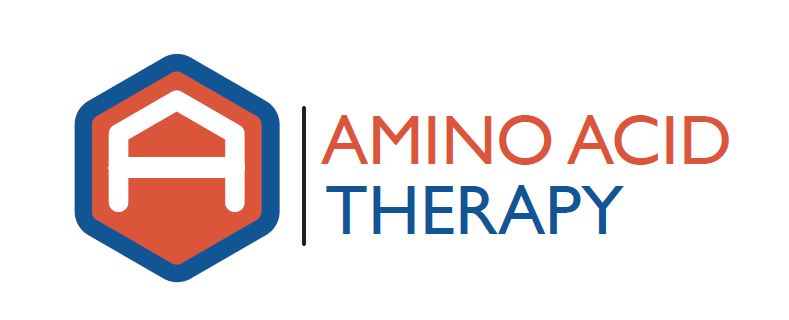 Our first post in this series established the role that transporters play in establishing optimal neurotransmitter synthesis, metabolism and reuptake. Again, based on the work of Marty Hinz, MD, Alvin Stein, MD and Thomas Uncini, MD, the Organic Cation Transporter Type 2 (OCT-2) seems to be the dominant transport system with regards to serotonin and the catecholamines (to learn more, please read The dual-gate lumen model of renal monoamine transport and APRESS: apical regulatory super system, serotonin,and dopamine interaction). Let’s learn a bit more how and why these gates work and how we can optimize their function using amino acid therapy.
Our first post in this series established the role that transporters play in establishing optimal neurotransmitter synthesis, metabolism and reuptake. Again, based on the work of Marty Hinz, MD, Alvin Stein, MD and Thomas Uncini, MD, the Organic Cation Transporter Type 2 (OCT-2) seems to be the dominant transport system with regards to serotonin and the catecholamines (to learn more, please read The dual-gate lumen model of renal monoamine transport and APRESS: apical regulatory super system, serotonin,and dopamine interaction). Let’s learn a bit more how and why these gates work and how we can optimize their function using amino acid therapy.
How the OCT-2 Work
Serotonin and dopamine found in the urine is NOT representative of synaptic levels and/or the levels of neurotransmitter present in the brain (to learn more please read Neurotransmitter testing of the urine:
a comprehensive analysis). Under normal circumstances, serotonin and dopamine found in the urine represents serotonin and dopamine that has been newly synthesized by the kidneys. This newly synthesized serotonin and dopamine is processed by the OCT-2 in the kidneys which transports them into the body; what is not transported into the body is what is found in the urine. Analysis of the urine while administering fixed amounts of serotonin and dopamine amino acid precursors leads to a determination of the OCT-2 functional status.
This is very important to understand, as the functional status of the OCT-2 is “identical and homologous” throughout the body. This means that the OCT-2 found in the kidneys are the same as those found in every other organ in the body, including the liver, the brain and the GI tract. It also means that the OCT-2 functions in exactly the same manner no matter what tissue/cell it is found within. This means that once we have determined the functional status of the OCT-2 in one organ (like the kidney) we have determined the functional status of the OCT-2 everywhere throughout the body (including the brain). This provides us a powerful and easy way to help us determine the functional status of the OCT-2 in the brain by using specialized urine testing.
Brain synaptic levels of serotonin and dopamine are dependent on the functional status of the OCT-2. Using specialized urine testing along with amino acid therapy, we can determine and optimize the OCT-2 functional status in the brain while establishing the optimal serotonin and catecholamine levels required for relief of symptoms.
When symptoms of disease are present, there is dysfunction in the OCT-2; this can be due to a number of factors, including improper levels of precursor amino acids, improper levels of cofactors necessary to properly manufacture neurotransmitters from their precursor amino acids and/or damage to the OCT-2 themselves. No matter the cause, the solution is to optimize the function of the OCT-2 in order to reestablish optimal neurotransmitter function,which will alleviate any symptoms related to neurotransmitter imbalance. This is what we attempt to accomplish using amino acid therapy.

